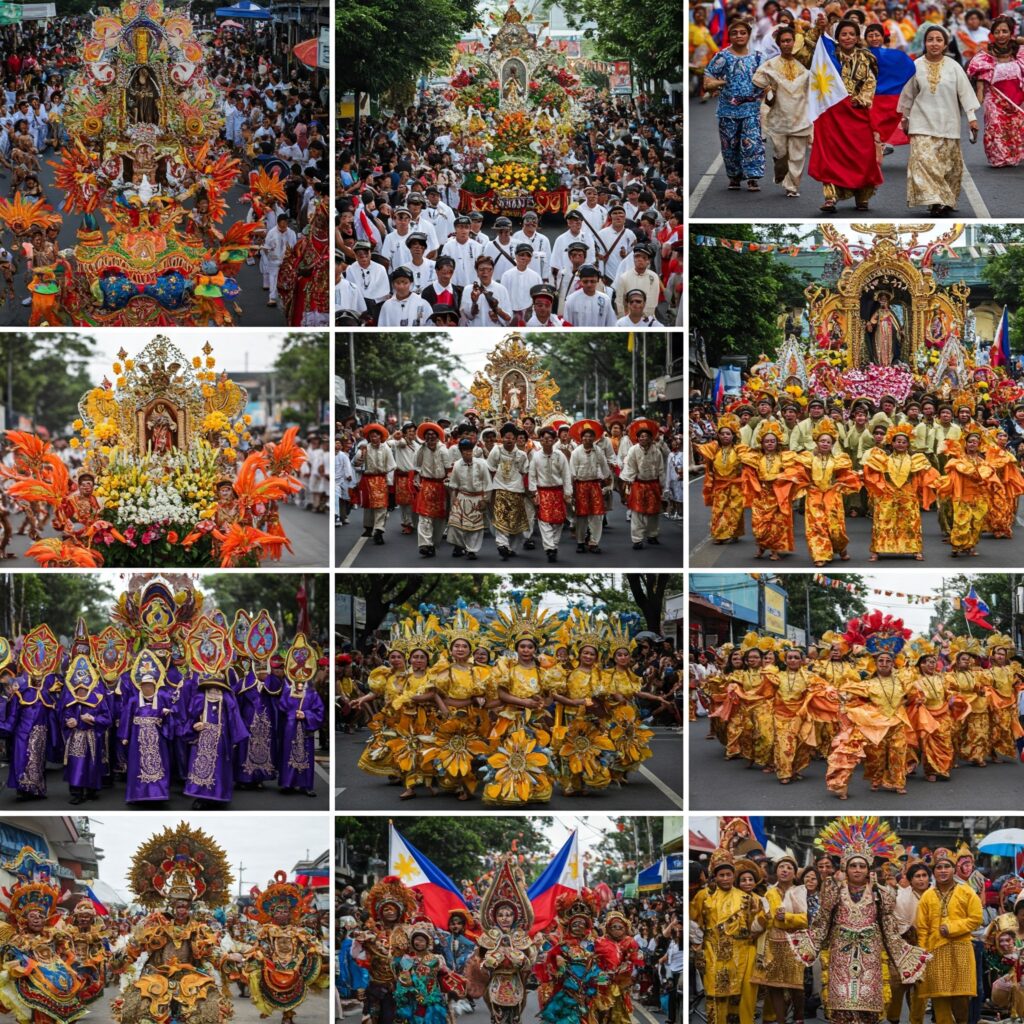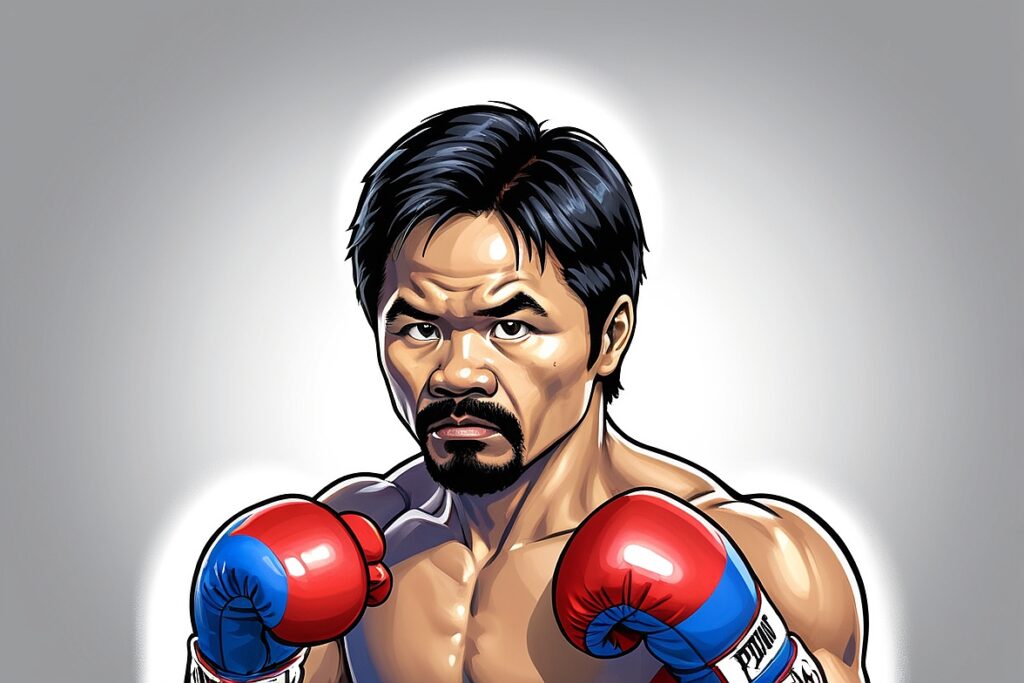The Philippines, an archipelago of over 7,000 islands, boasts a rich tapestry of holidays that reflect its complex history and diverse cultural influences. From indigenous traditions to colonial legacies and modern innovations, let’s embark on a journey through time to explore the evolution of Philippine holidays.
Pre-Colonial Celebrations: Dancing with the Deities
Before the arrival of foreign colonizers, indigenous Filipino communities held various festivals to honor their deities, celebrate bountiful harvests, and mark significant life events. These early festivities were deeply rooted in animistic beliefs and were characterized by rituals, dances, and communal feasts. While written records are scarce, oral traditions, epics, and archaeological findings provide glimpses into these pre-colonial celebrations.
For example, ancient Filipinos held harvest festivals like the pamagpag of the Tagalogs, where communities offered the first fruits of their harvest to their gods. They also had rituals for significant life events such as birth, coming-of-age, marriage, and death. These gatherings fostered community cohesion and spiritual expression, reflecting a deep connection to nature and the spirit world.
Spanish Era: Saints, Sin, and Semana Santa
The arrival of the Spaniards in the 16th century brought Christianity and a plethora of religious observances. The Spanish colonization profoundly influenced Filipino culture, especially in terms of religious practices and holidays. Major Christian holidays like Christmas (Pasko) and Holy Week (Semana Santa) became integral to Filipino society.
Holy Week, in particular, became a significant event, with elaborate processions and rituals like the Senakulo (passion play) and Visita Iglesia (church visits). The Spaniards also introduced the concept of fiestas—lavish festivals in honor of patron saints. Each town and barrio adopted a patron saint, leading to annual celebrations featuring processions, music, dance, and abundant food. These fiestas blended Catholic rituals with indigenous customs, showcasing the syncretic nature of Filipino Catholicism.
American Period: Stars, Stripes, and Secular Celebrations
Following the Spanish-American War, the Philippines came under American rule. The Americans introduced secular holidays and emphasized civic observances. Independence Day, initially celebrated on July 4th to coincide with American Independence Day, was later shifted to June 12th by President Diosdado Macapagal in 1962 to commemorate the 1898 declaration of independence from Spain. This shift reflected a growing sense of national identity and a desire to break free from colonial ties.
The American influence also brought about the celebration of Labor Day on May 1st, aligning with international observances honoring workers. This period marked a shift towards more secular and civic-oriented holidays, reflecting the changing political landscape.
Post-Independence: Honoring Heroes and Embracing Diversity
With full independence achieved, the Philippines established holidays that honored its national identity and heroes. National Heroes Day, celebrated on the last Monday of August, pays tribute to all Filipino heroes, known and unknown, who fought for the nation’s freedom. Bonifacio Day, observed on November 30th, specifically honors Andrés Bonifacio, the founder of the Katipunan, a secret revolutionary society instrumental in the fight against Spanish rule.
The Philippines also recognized its cultural diversity by incorporating holidays like Eid’l Fitr and Eid’l Adha, which honor the Islamic faith practiced by a significant portion of the population, particularly in the southern regions. These observances highlight the nation’s commitment to inclusivity and respect for various religious traditions.
Modern Celebrations: Festivals, Fun, and Filipino Flair
Today, Philippine holidays are a vibrant mix of the old and new, the sacred and the secular. The country is renowned for its elaborate festivals, known as “fiestas,” celebrated with enthusiasm across the archipelago. These events often feature street parades, colorful costumes, traditional dances, and local delicacies.
The Sinulog Festival in Cebu City, held every January in honor of the Santo Niño, is a grand spectacle attracting millions. Its street parade is a riot of colors, music, and dancing, showcasing the deep devotion to the Child Jesus. Similarly, the Ati-Atihan Festival in Kalibo, Aklan, also in January, features participants painting their faces with soot and wearing indigenous costumes to honor the Santo Niño and celebrate the town’s history.
These modern celebrations, while rooted in historical and religious traditions, have evolved to incorporate contemporary elements, reflecting the dynamic and adaptive nature of Filipino culture.
A Snapshot of Key Philippine Holidays
| Holiday | Date | Significance |
|---|---|---|
| New Year’s Day | January 1 | Marks the first day of the Gregorian calendar year. |
| Sinulog Festival | Third Sunday of January | Celebrated in Cebu City in honor of the Santo Niño. |
| Holy Week (Semana Santa) | March or April | Observes the passion, death, and resurrection of Jesus Christ. |
| Ati-Atihan Festival | January (movable) | Celebrated in Kalibo, Aklan, in honor of the Santo Niño. |
| Independence Day | June 12 | Commemorates the declaration of independence from Spain in 1898. |
| National Heroes Day | Last Monday of August | Honors all Filipino heroes. |
| Bonifacio Day | November 30 | Celebrates the birth of Andrés Bonifacio. |
| Eid’l Fitr | Movable (Islamic lunar calendar) | Marks the end of Ramadan. |
| Eid’l Adha | Movable (Islamic lunar calendar) | Commemorates the willingness of Ibrahim to sacrifice his son. |
| Christmas Day | December 25 | Celebrates the birth of Jesus Christ. |
Conclusion: A Tapestry of Traditions
The evolution of Philippine holidays is a testament to the nation’s rich history and cultural diversity. From indigenous rituals to colonial legacies and modern innovations, these celebrations reflect the Filipino spirit—resilient, joyous, and deeply rooted in community. As the Philippines continues to navigate the complexities of the modern world, its holidays serve as enduring reminders of its storied past and vibrant present.




